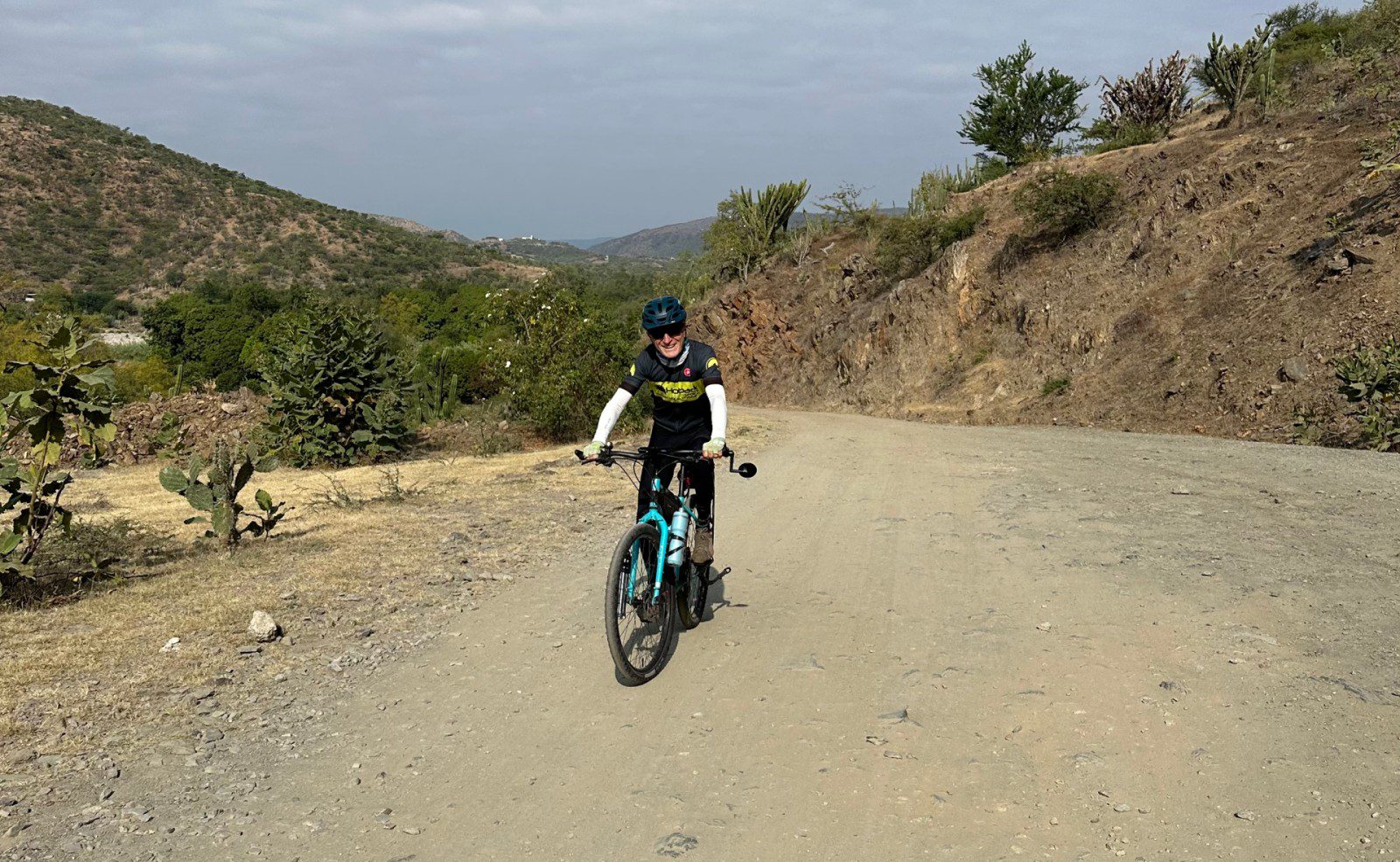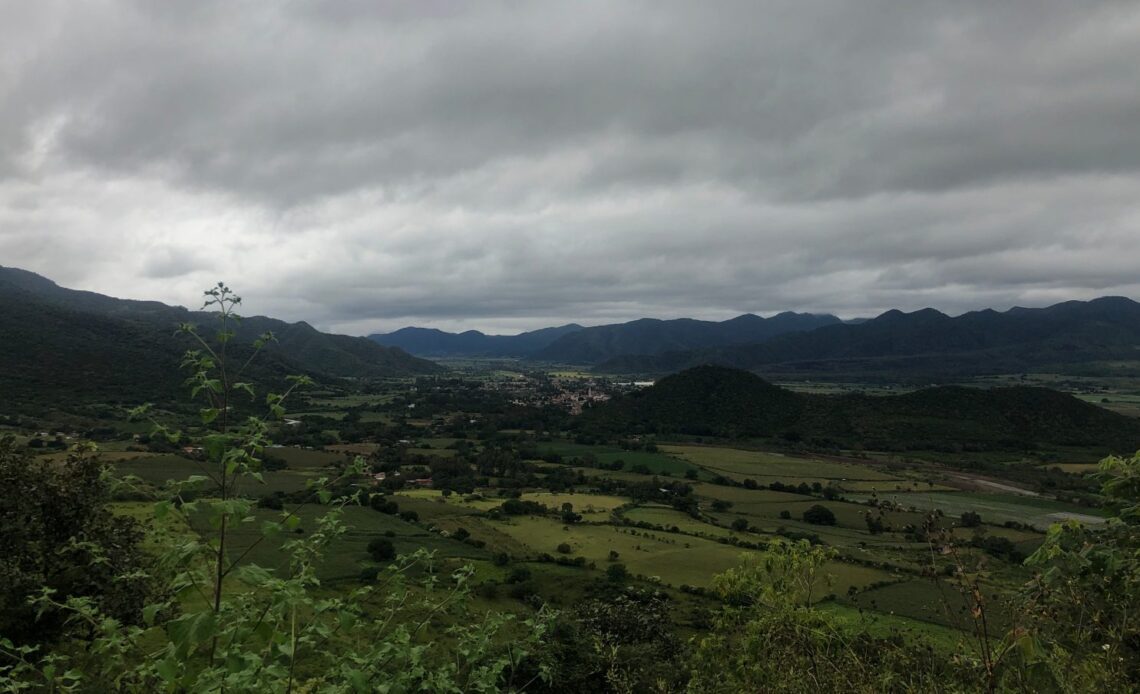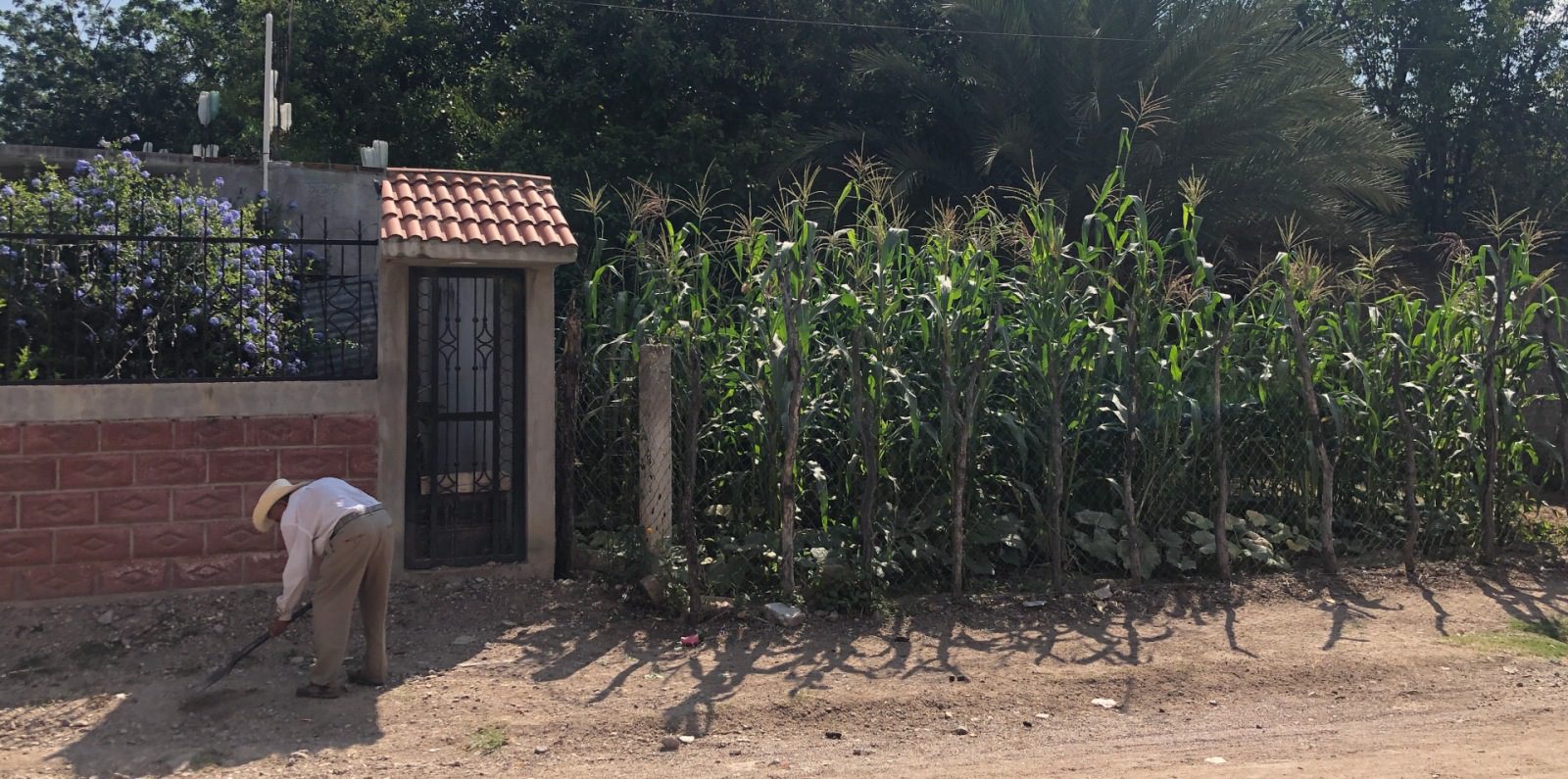We missed Hurricane Roslyn by a few hours. We were in Puerto Vallarta having crossed over from Cabo in Baja. We’d seen the alerts and the busy preparations of boarding up store fronts. The next morning we headed east into Mascota in the western Sierra Madres. We felt the tail end of the storm as the rain pounded down all night. By morning when we were readying to mount our bikes it had stopped, although the sky remained dark and threatening.
We cycled through the muddied, slick cobblestone streets of Mascota to Ameca, 124 km away with 2,100 m of climbing. Climbing would become the order of the day. Over the next 16 days we would climb a total of 21,000 m over roads that were often instruments to rattle your bones as near to jelly as possible. As one rider quipped, “I saw some tarmac between the ruts, gouges, and potholes big enough to swallow cattle.”

To add to the challenge it seemed that the road builders had a penchant for vertical heights: gradients are often pushing 10 to 12 to 14 per cent and from time to time to really test your mettle, would rise to 20 per cent. Let’s not forget the topes, the militant Mexican speed bumps that come in a variety of sizes, shapes and colours. Some are short, nasty humps, others are faced on either side of the bump with concrete corrugations and a few rise and fall gently. The worst are the ones that lurk in the shadows or melt into the road. Beware—they will cause at best a nasty jolt, at worst they will tip you off your bike.
Compensating for the harshness of the roads were some of the most spectacular landscapes of the Jalisco highlands: deep green valleys, forested mountains , streaming rivers. Here was old Mexico with villages where burros were as common as cars and men tilled every bit of arable land with ancient hoes and women rolled out tortillas and slapped them on a battered pan over an outdoor wood-fired stove.
From Ameca we made our way across the mountains to Ajijic on Lake Chapala, Mexico’s largest lake. It is a beautiful, old colonial town founded by the Spanish in the early 16th century. Americans and Canadians have retired here in droves attracted by its temperate climate and the lower cost of living. It’s estimated that immigrants make up more than half the population in winter.
Hans sat down to have a conversation with two older locals, Gilberto and Santos, sunning themselves on the main street. He’d noticed that one had a rather nice mountain bike. Santos told…
Click Here to Read the Full Original Article at Canadian Cycling Magazine…


